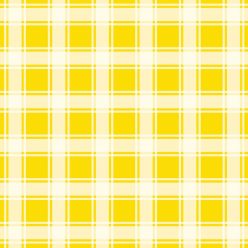This was an unexpectedly eye-opening session. I came with no expectations, and left with a new insight on greater possibilities of projection mapping and interactive design.
I appreciated how Prof Biju started out with the very basics by disassembling a camera, to understand how an image is created. After this, he moved on to talking about projectors, and how the function is reversed, hence the further away the screen, the larger the image a projector produces.
He showed this by projecting a donut on a board, and moving it back and forth. As the board moves, we can see the donut changing shape and location (on the board).
The next thing he showed us shocked me. As the board moved, the donut stayed the same shape and size, and stayed in the same position on the board. W H A T I S H A P P E N I N G ???? And then I immediately thought, OH so that’s what the trackers are for! They track the position of the board in the 3D space, and the software live alters the digital image so that the projected result would stay the same. This output seems simple, but it is so cool to see the image changing in the software according to how we position the board.
Basically, if the board is further away, the image projected would be larger. To counteract this so that the image would stay the same size, the software scales the image down, so the resulting projected image would be smaller and hence would appear to be static. The same goes with position. If the board goes left, then the image would adjust accordingly, with the projection staying the same as if nothing changed.
This made me think of how this could be used in performance and projection mapping, in which objects or people are the subjects, and they can be moving around while the projection on them adjusts to their position automatically, improving efficiency in production.
Of course, in our day and age, it is not surprising to see that this technology had already been implemented.
These remind me of moving sets, and I feel that the incorporation of this technology helps to improve accuracy and minimises mistakes since the humans move organically, and there is no longer a need to completely match a pre-recorded projection and match the exact locations, as now the projection would adjust accordingly.
Another example is the usage in dance performances. This had been done many times before, but they were rehearsed to get the timing and position right. This technology again eliminates the need for that precision, as through live motion tracking, the projection would be able to adjust to the performer.
Lastly, I found this exploration interesting. They mentioned the many different ways in which dynamic projection mapping could be implemented.
